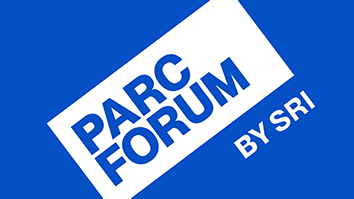Significant strides have been made in leveraging technology for learning in today’s K-12 schools, from increased access to the Internet through President Obama’s ConnectED initiative, to the availability of more affordable tools and devices, to rich digital content for more engaging learning experiences. Yet there are still a number of unmet needs in education that technology could help to solve. With this in mind, the Office of Educational Technology has released the Ed Tech Developer’s Guide to help software developers, start-ups, and entrepreneurs create digital tools to address challenges faced by teachers, school leaders, students and their families.o help software developers, start-ups, and entrepreneurs create digital tools to address challenges faced by teachers, school leaders, students and their families.
The Ed Tech Developer’s Guide was developed in part by SRI Education’s Center for Technology in Learning, along with significant contributions from experts in the field. While many start-ups and developers are interested in designing tools for learning, some lack a full understanding of what the educational landscape entails. Since education presents its own unique challenges and opportunities apart from other fields—and is influenced by federal, state and local policies—the guide includes insights and practical information to help bring developers up to speed quickly to create tools that will help educators, leaders, parents and students meet their educational needs.

The guide outlines 10 opportunities for solving some of the nation’s most urgent challenges in education, along with potential approaches for developers to make an impact. Further, it explains the inner workings of districts and schools to help expose important considerations that may affect the design of the solution. For example, teachers simply don’t have time to spend days in professional development to learn how to use an app: usability should be a key element in design. Ensuring privacy and protecting student data are critical factors within any school district, so the guide provides an introduction to relevant federal laws to help developers build solutions that value the importance of student privacy.
Another distinction between developing tools for the corporate world and the education field is the procurement process. School district procurement practices can be lengthy—taking anywhere from several months to over a year for major purchases—which can be challenging for new app developers. Along with providing purchasing examples for large, medium, and small districts, the guide outlines strategies for developers when working with schools during the procurement process.
For any potential solution, it is important for developers to be literate in major K-12 educational trends, such as blended learning, personalized learning, project-based learning, and mastery learning. In addition, developers need to understand learning standards and requirements for standardized testing and assessments. The guide provides developers with an overview of these trends and terms, as well as a list of resources, to help them stay abreast of ed tech news.
Technology cannot replace good teaching. It can, however, supplement it and allow a good teacher to provide more engaging and personalized learning experiences. When developers set out to create a tool to be used in schools, they must consider all aspects of implementation and long-term use: how will it impact the life of a teacher? What training does the teacher need to use the tool? How can it increase the teacher’s effectiveness in the classroom? This guide will help developers think through the steps involved with education technology, with the goal of lowering the barriers to implementation of solutions that meet our nation’s most critical educational needs.


